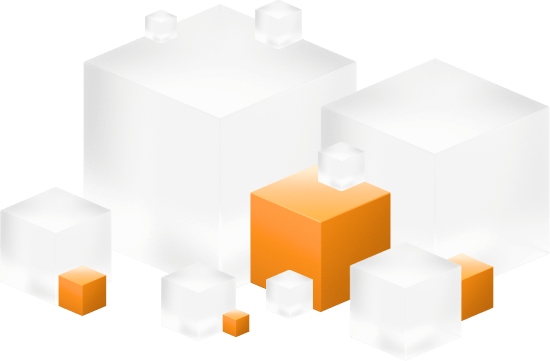YOLO (You Only Look Once) is a real-time object detection algorithm that revolutionizes the way objects are detected and classified in images and videos. Traditionally, object detection involved repurposing classifiers to perform detection, which was computationally expensive and slow. YOLO, on the other hand, frames object detection as a regression problem, predicting bounding boxes and class probabilities directly from full images in a single evaluation. This approach allows for a unified architecture that is extremely fast and efficient, making it suitable for real-time applications. Recent advancements in YOLO include various versions like YOLOv2, YOLOv3, YOLOv4, and YOLOv5, each improving upon the previous version's performance. Researchers have applied YOLO to various domains, such as sound event localization and detection (SELD), brain cancer segmentation, and vehicle safety management systems. These applications demonstrate the versatility and effectiveness of the YOLO algorithm in addressing complex problems across different fields. Arxiv papers on YOLO showcase its potential in multiple areas: 1. YOLO has been adapted for SELD, achieving robust performance in class-homogeneous polyphony environments. 2. YOLOv5 has been used for brain cancer segmentation, providing an automated brain tumor detection system that aids early diagnosis. 3. Fast YOLO, an optimized version of YOLOv2, has been developed for real-time embedded object detection in video, running at an average of 18 FPS on a Nvidia Jetson TX1 embedded system. Practical applications of YOLO include: 1. Surveillance systems: Real-time object detection can enhance security by identifying potential threats or unusual activities. 2. Autonomous vehicles: YOLO can help vehicles detect and classify objects in their environment, improving navigation and safety. 3. Wildlife monitoring: YOLO can be used to track and count various species in their natural habitats, aiding in conservation efforts. A company case study involving YOLO is the Norwegian government's initiative to create an overview of the presence and abundance of various species in the country's fjords and oceans. Researchers implemented YOLOv3 to detect fish in camera images, achieving a mean average precision (mAP) of approximately 0.88. In conclusion, YOLO is a groundbreaking object detection algorithm that has significantly improved the speed and efficiency of object detection tasks. Its real-time capabilities and adaptability to various domains make it a valuable tool for developers and researchers alike.
Machine Learning Terms: Complete Machine Learning & AI Glossary
Dive into ML glossary with 650+ Machine Learning & AI terms. Understand concepts from ‘area under curve’ to ‘large language models’. More than a list - our ML Glossary is your key to the industry applications & latest papers in AI.
0% Spam,
100% Lit!